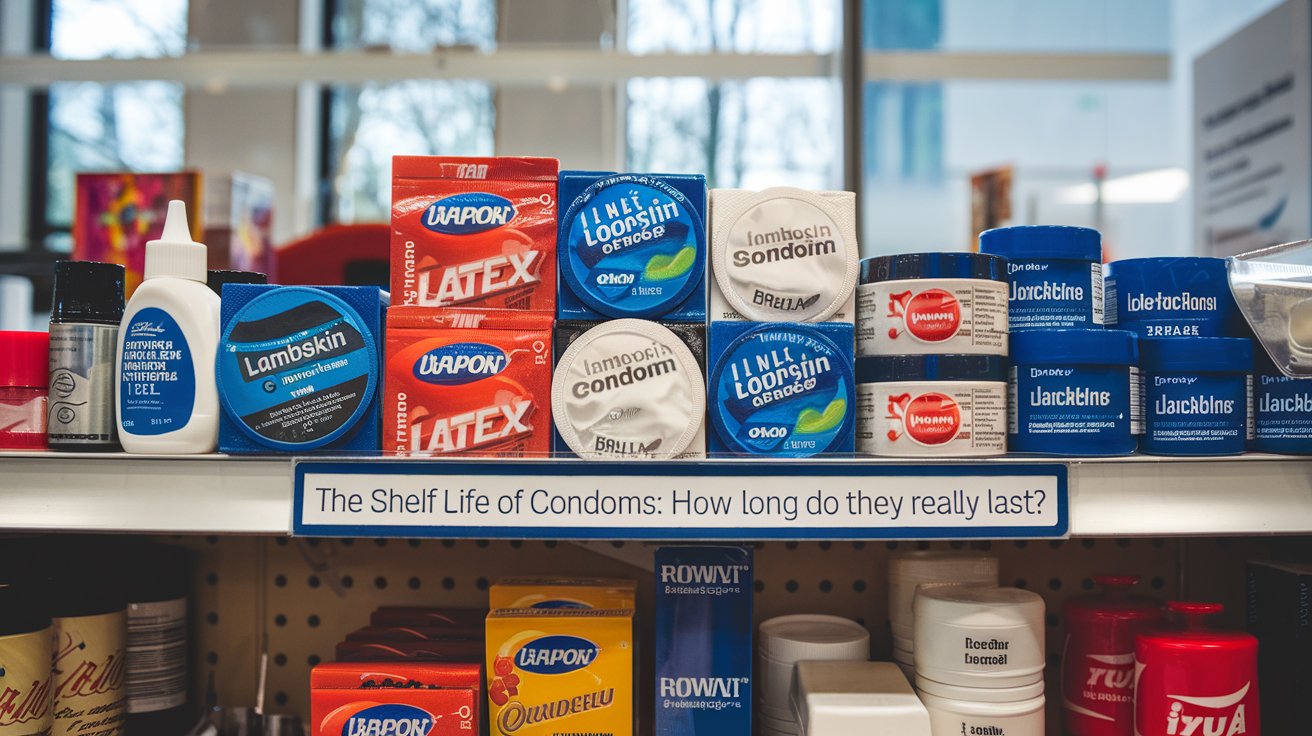
Condoms are a critical tool in the practice of safe sex, and understanding their expiration and shelf life is essential for their effectiveness and reliability. The question of how long condoms last is often a point of confusion for many individuals. Let’s delve into the factors that determine the lifespan of a condom and explore the best practices for ensuring their longevity.
The shelf life of condoms typically depends on various factors, including the material composition, storage conditions, and expiration date. Most condoms are made from latex, polyurethane, or polyisoprene, each of which has its own respective shelf life. Latex condoms, the most commonly used type, generally have a shelf life of around 5 years when stored under proper conditions. Polyurethane and polyisoprene condoms, while less popular, have a longer shelf life and can last for up to 8-10 years if stored correctly.
Proper storage is paramount in maintaining the integrity of condoms. Condoms should be stored in a cool, dry place away from direct sunlight and heat. Exposure to extreme temperatures can degrade the material and compromise the effectiveness of the condom. Furthermore, it is crucial to check the expiration date before using a condom, as using an expired condom significantly increases the risk of breakage and failure.
It is important to note that the expiration date on condom packaging is determined through rigorous testing to ensure their safety and effectiveness. Using a condom beyond its expiration date can lead to an increased risk of breakage, tearing, or leakage, which can compromise its protective function.
Beyond the expiration date, condoms can deteriorate over time, even if stored under ideal conditions. This deterioration may not be visible to the naked eye, making it imperative to always check the expiration date before use. Factors such as exposure to oils, lotions, or chemicals can also degrade the material of condoms, further reducing their lifespan.
In conclusion, the longevity of a condom depends on various factors such as material composition, storage conditions, and expiration date. Adhering to proper storage guidelines and regularly checking the expiration date are crucial steps in ensuring that condoms remain effective and reliable. It is always better to be safe than sorry, so when in doubt, it’s best to use a new condom rather than risk compromising protection. By being mindful of these considerations, individuals can confidently prioritize safe sex practices and effectively utilize this essential tool in sexual health and wellness.
